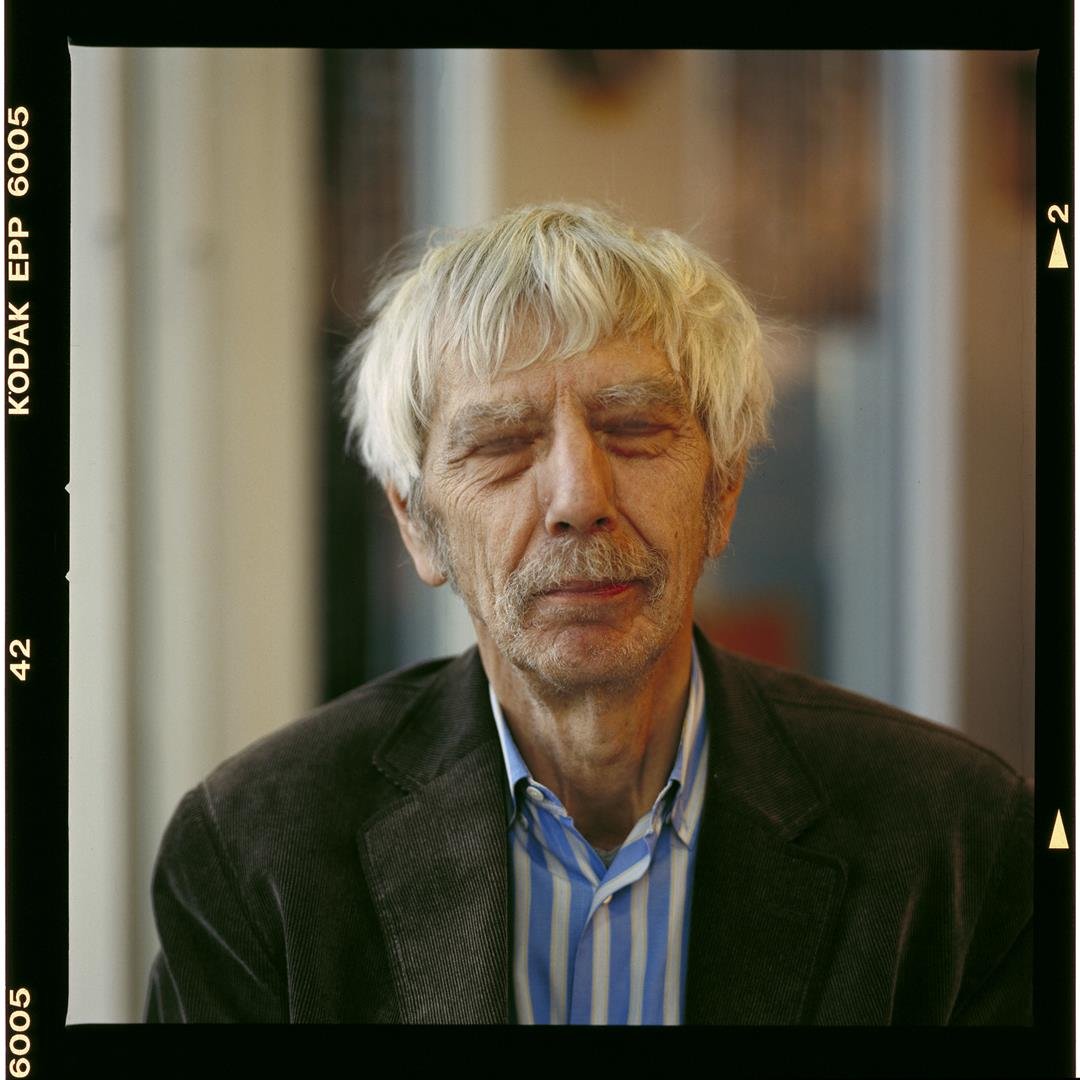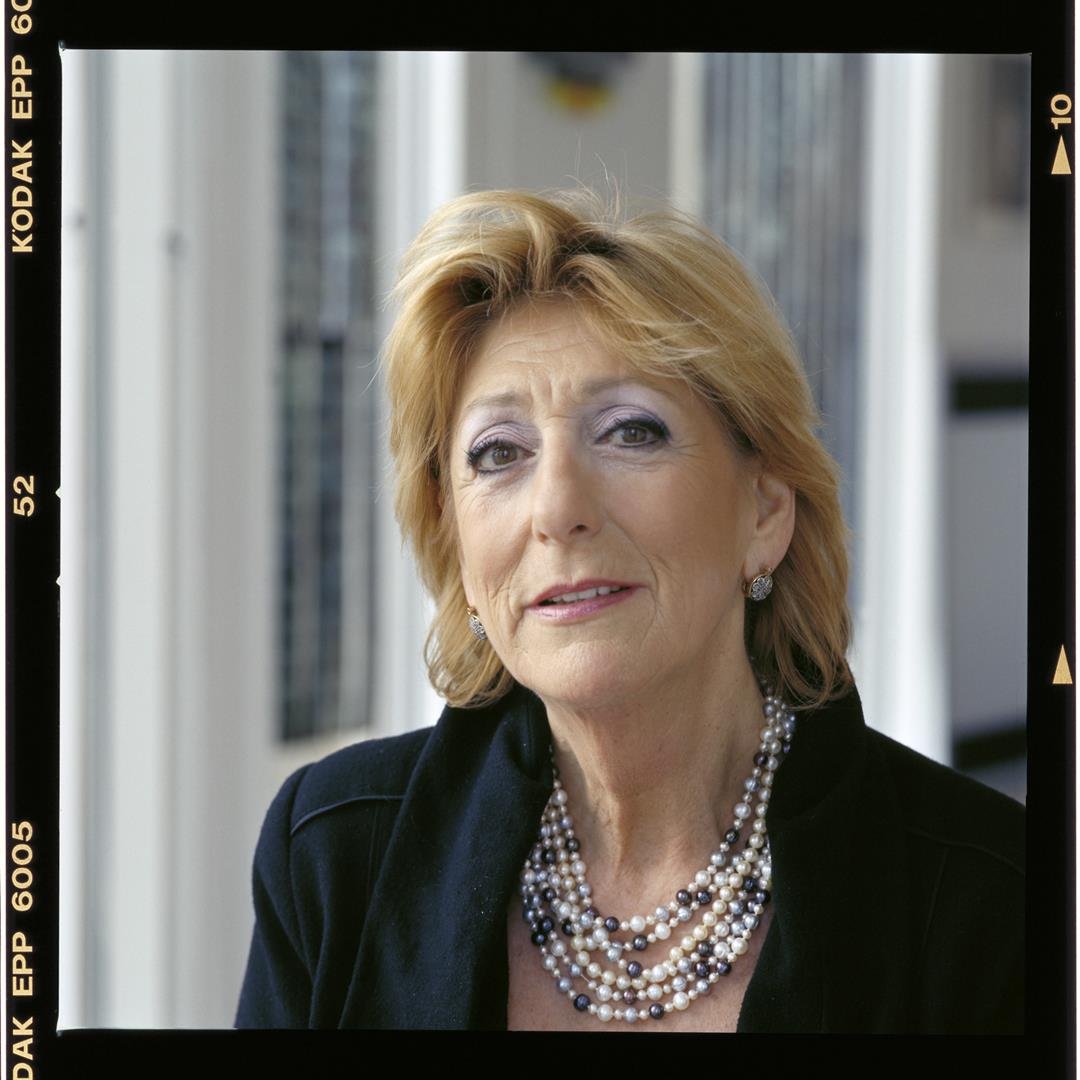During his time of office Plasterk made one single photograph of all the people that entered his office. Subsequently, he hung the rolls of large format slide film on his window. For the very first time ever the 670 photo portraits are shown outside his office. The exhibition provides an interesting ‘who is who' in Dutch culture, journalism, science, education and politics: famous Dutch people, from Rutger Hauer to Eimert van Middelkoop, and from Princess Máxima to Reinbert de Leeuw, but also numerous unknown visitors have been portrayed. ‘Slow photography' par excellence: during a time span of three years every single roll of film was brought to the photofinishing laboratory. The resulting photographs were taken from a perspective not accessible to any other photographer.
What caused Plasterk to start his project is that, on the eve of the swearing-in of the new government, he and all the other soon-to-be Ministers were asked by the Netherlands Government Information Service (RVD, a subdivision of the Ministry of General Affairs) if anyone of them intended to start writing a weblog. Being a columnist himself, he did not want to start a written weblog. However, the idea of starting an imagelog aroused the amateur photographer's enthusiasm. The portraits shown at the Kunsthal have been made with a 150mm-lens Hasselblad camera placed on a tripod with only a little chair in front of it, following a few set regulations.
One single photograph was taken of each visitor during their very first visit, always at exactly the same spot and with only the available light of that moment, so without flashlight. The Minister did not make notes, neither did he write down names or dates; simply because that would have taken up too much time. The shutter speed was one-eighth of a second, causing the entire ceremony to take only seconds. This way, that specific, brief, somewhat tense moment just before the beginning of a conversation was captured on camera. The photographs might be staged but are nevertheless unrelenting: no editing, deleting or photoshopping was involved in any of them.
After the fall of the government, Plasterk took his camera off its tripod. End of project. A unique document, containing an impressive amount of portraits of people from the worlds of Dutch politics, media, culture, science and journalism, was now finished: the facemap of Ronald Plasterk.

